Harsh socio-economic conditions cause radicalization.
Harsh socio-economic conditions cause radicalization.
By Ali Rıza Taşdelen
The month of September was marked by protests led by young people the system labels as the “Generation Z.” Born in the 2000s, this generation had long been described as indifferent to the country’s problems, apolitical, captive to the digital world, and “socialized” only through social media. Yet their movement, began in Nepal, soon spread its influence to Madagascar and Morocco.
This generation has mastered the use of the internet and artificial intelligence tools. With short, sharp, and impactful videos, they expose the inner workings of the system. Their calls to action can mobilize tens of thousands of young people.
Each country has its own economic and social conditions, geopolitical position, and political power structure. So, it would be inaccurate to treat these youth movements under a single, sweeping generalization. Still, they share certain similarities in their structure, goals, and forms of organization. These young people, angry at the system, have one thing in common: they all rally against social and economic inequalities, and they identify themselves as “GenZ”. The term “Gen” is short for “Generation.” For example, in Madagascar, they use “GenZ Madagascar,” in Morocco “GenZ 212”. (212 is Morocco’s country code).
Given the unconventional nature of these protests, of course they can be subject to manipulation by both domestic and foreign powers. This has led some to question whether these movements are “color revolutions”.
In Nepal and Madagascar, the protests resulted in government changes, and eventually came to an end. In Morocco, the protests that began in late September are still ongoing.
In this article, we will focus on Morocco.
Gen Z 212’s call to action on Discord
The GenZ 212 movement began with a call to gather for protests on September 27 and 28, 2025. The call spread rapidly through digital platforms such as Discord, Telegram and TikTok, bringing thousands of people into the streets in a short time.
Like similar movements, it doesn’t have a certain organization structure, nor is centralized. There is no leadership, no formal structure, and it remains unclear who initiated the call. All announcements and communications are made through a GenZ 212 account on Discord, which reportedly has over 200,000 followers.
Youth’s concern for the future
The government cracked down on these protests harshly, arrested hundreds. Yet rather than stopping the protests, police repression only fueled them further.
For two straight weeks, demonstrations continued without pause. Three people lost their lives and hundreds were injured.
The protests were initially triggered by serious deficiencies in education and healthcare services. Local shortcomings in public services and the sense of insecurity about the future also played a significant role in the movement.
Most of these young protesters are between the ages of 16 and 28. They amount to about one-third of the population. Around 30 percent of them are unemployed. As they put it, “We don’t want to leave our country, but we also don’t want to slowly die here.”
The deaths of eight women during cesarean section triggered the protests
In the country’s southern regions and several other provinces, deaths, poor service and inadequate infrastructure in the public healthcare system became a key factor, even the main factor that triggered the protests. That’s why the uprising’s epicenter was Hassan II University Hospital in the Agadir region. The hospital lost public trust entirely after eight women died during cesarean sections. As reported by Jean-Baptiste François on la-croix.com in his article titled “In Morocco, at Agadir’s Hassan II Hospital, where the uprising was born,” a woman named Nina recounted her experience: “Here, women sometimes line up in the hallways, screaming in pain, and are left to suffer without any help, without even a painkiller. To get treatment, you have to pay and bring your own medicine.”
Build hospitals, not stadiums
Morocco is spending billions on infrastructure and stadiums in preparation for the 2030 FIFA World Cup. Young people are demanding that public spending prioritize social services over sports infrastructure and mega-projects. They say, “Build hospitals, not stadiums.” Young people taking to the streets to defend their rights to education and healthcare have expanded their demands to include fighting corruption and injustice and changing the government.
Is the Gen Z 212 movement a color revolution?
So, is this uprising of Moroccan youth a “color revolution”? To answer that, let’s quickly recap what color revolution is.
Color revolution aims to alter a country’s geopolitical direction, to pull it away from one axis of power and attach it to another. In concrete terms, this type of “revolutions” seek to undermine national states-governments resisting US imperialism and replace them with US-dependent governments. In sum, color revolution is a counter-revolution backed by the US and Israel. Examples include the Rose Revolution in Georgia (2003), the Orange Revolution in Ukraine (2004), and the Tulip Revolution in Kyrgyzstan (2005). All these movements took shape around elections and organized political opposition.
Morocco is positioned within the Atlantic bloc. It has close ties with France. On the international stage, Morocco’s main issue is its occupation of Western Sahara. For fifty years, Morocco has kept Western Sahara under occupation with the US, Israel, and France as its biggest supporters. Morocco considers Western Sahara an autonomous region under its sovereignty, while the Polisario Front has been fighting for independence for half a century.
So, who would stage a Color Revolution in Morocco? The answer is: no one. Historically, color revolutions have been instigated and backed by Western powers, led by the US and Israel. But Morocco is already a US and French ally, and one country normalizing relations with Israel under the Abraham Accords.
Dignity, justice, and social modernization
Moroccan youth have repeatedly declared their loyalty to the monarchy. In a manifesto, GenZ 212 reaffirmed its “deep commitment to the monarchy as essential to Morocco’s stability and continuity.” They called on King Mohammed VI to replace the current government and restore the country’s course with a new executive body. In other words, the movement does not seek to overthrow the monarchy or alter the regime. On the contrary, they see the King as the only legitimate authority, “the only person who can protect us and help us” as they put it. What they are asking for is a government that listens to the youth and takes action on social and economic reforms, anti-corruption measures, and improving living conditions.
In short, what is happening in Morocco cannot be classified as a color revolution. Rather, it is a struggle between a state still tied to the old world and a new generation born into a different paradigm and has developed values completely distinct from those of the elites and the state. It reflects a deep desire for dignity, justice, and social modernization.
This does not aim to overthrow the king, yet provides the youth with a reason to rebel against the system. It is a movement determined to upend the rules without toppling the monarchy. One might liken it to the Yellow Vest Movement in France.
As Abdel Majid Bziouat writes in Humanité in his article titled “GenZ 212: The Emergence of a New Social Movement in Morocco”, the radicalization of these young people should be understood not as the result of external actors, but as a consequence of harsh socio-economic conditions.




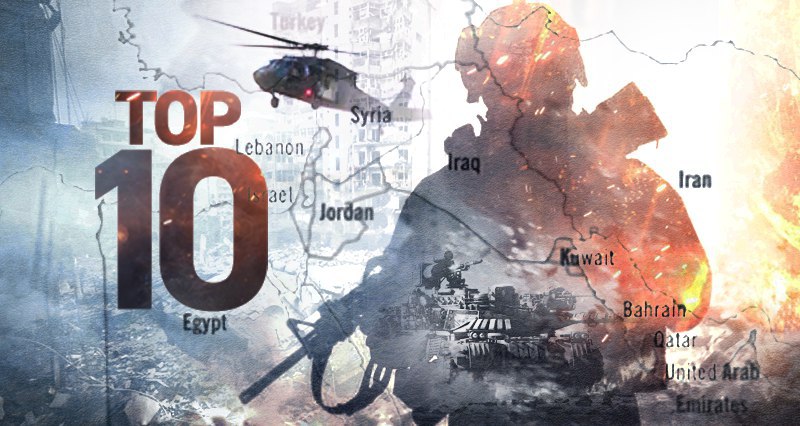



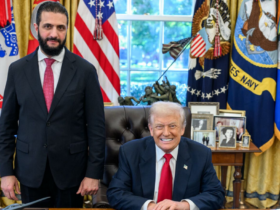




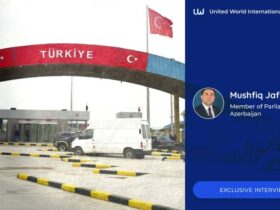

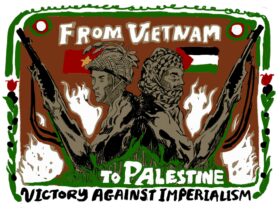
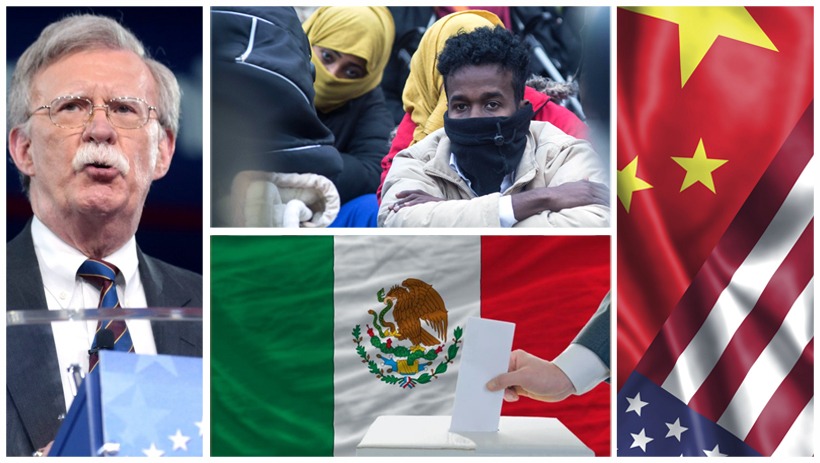
Leave a Reply